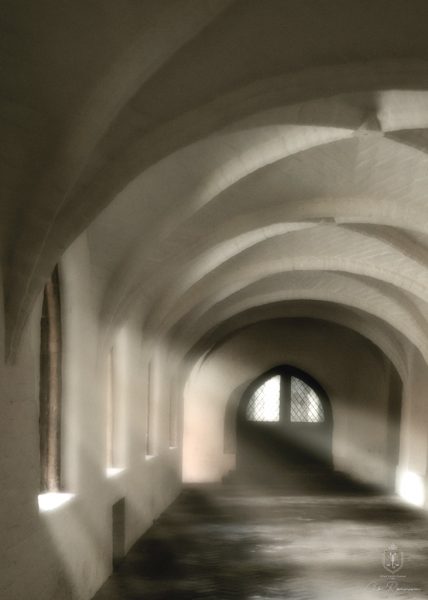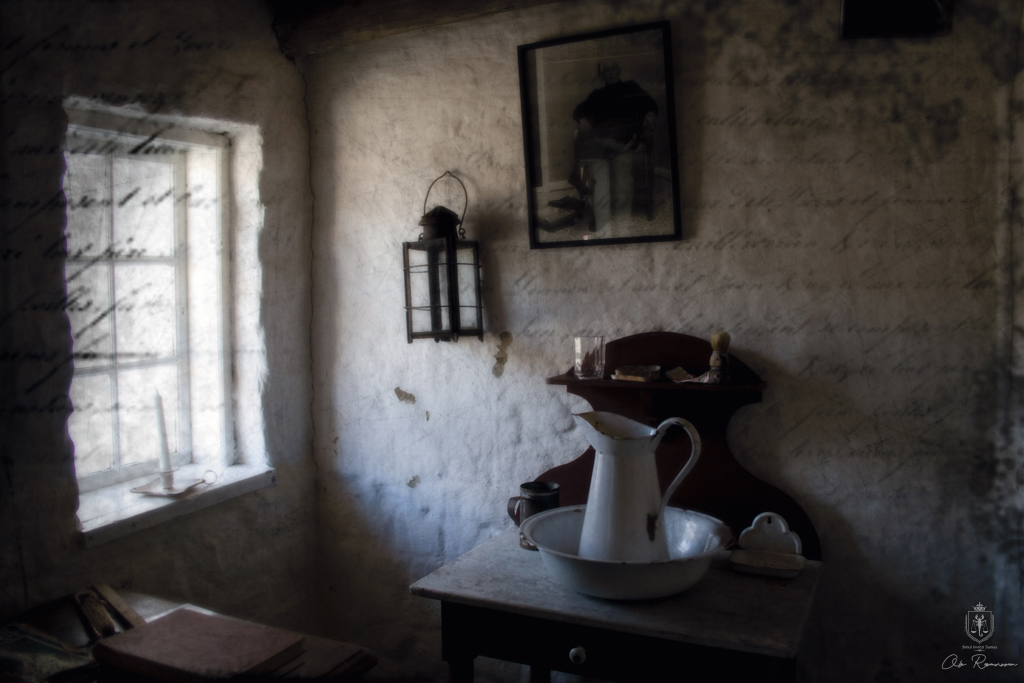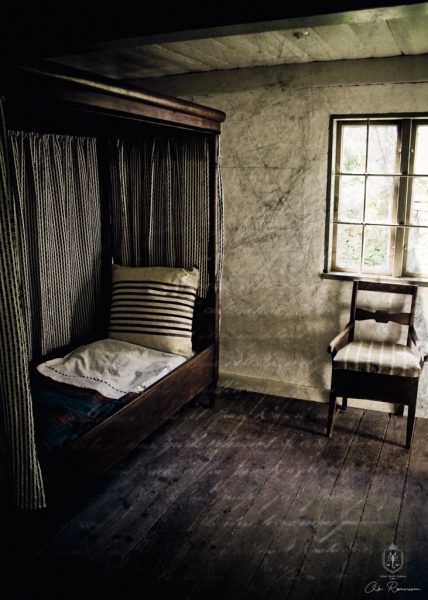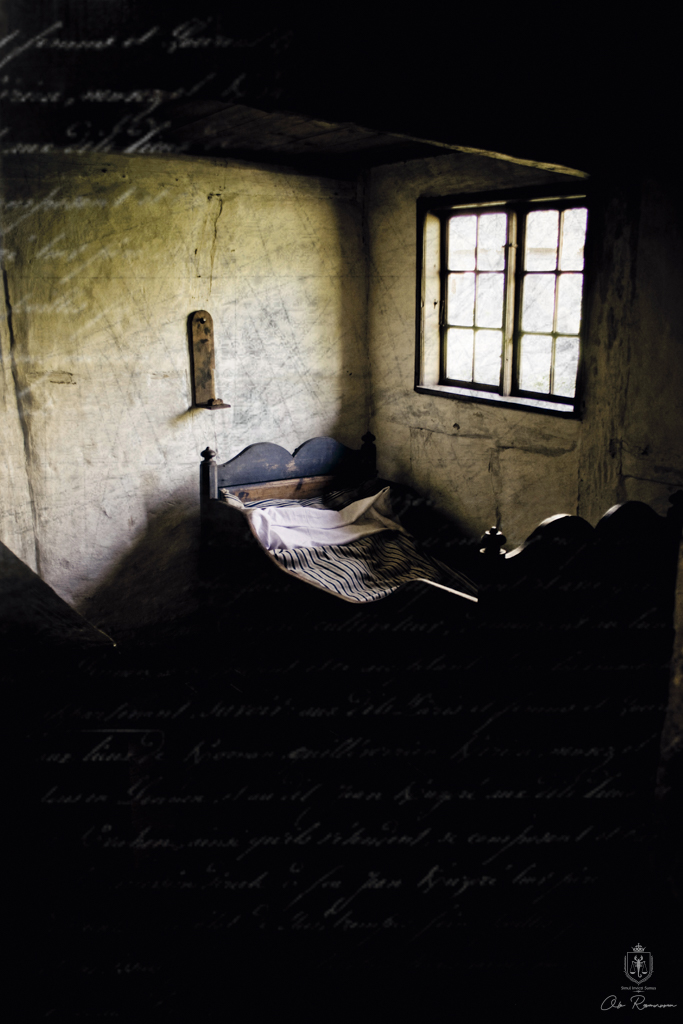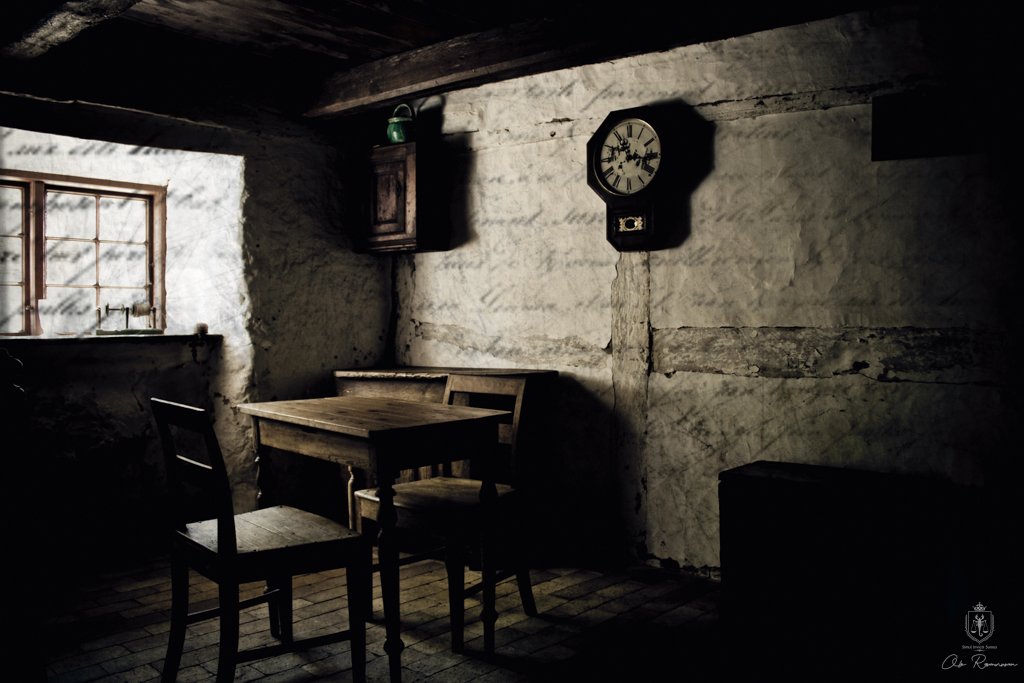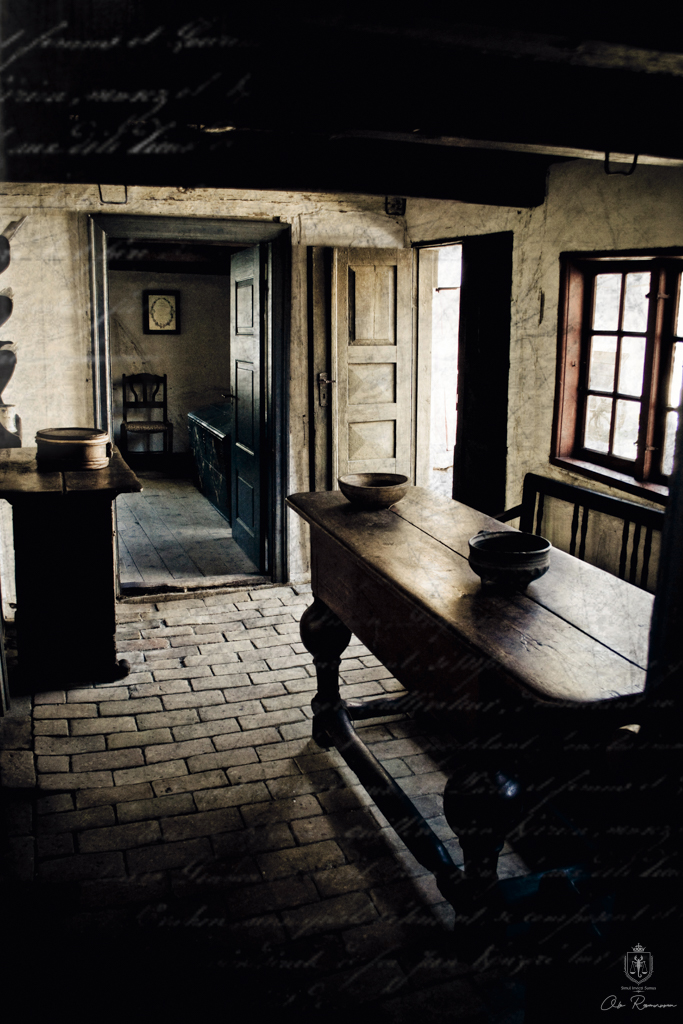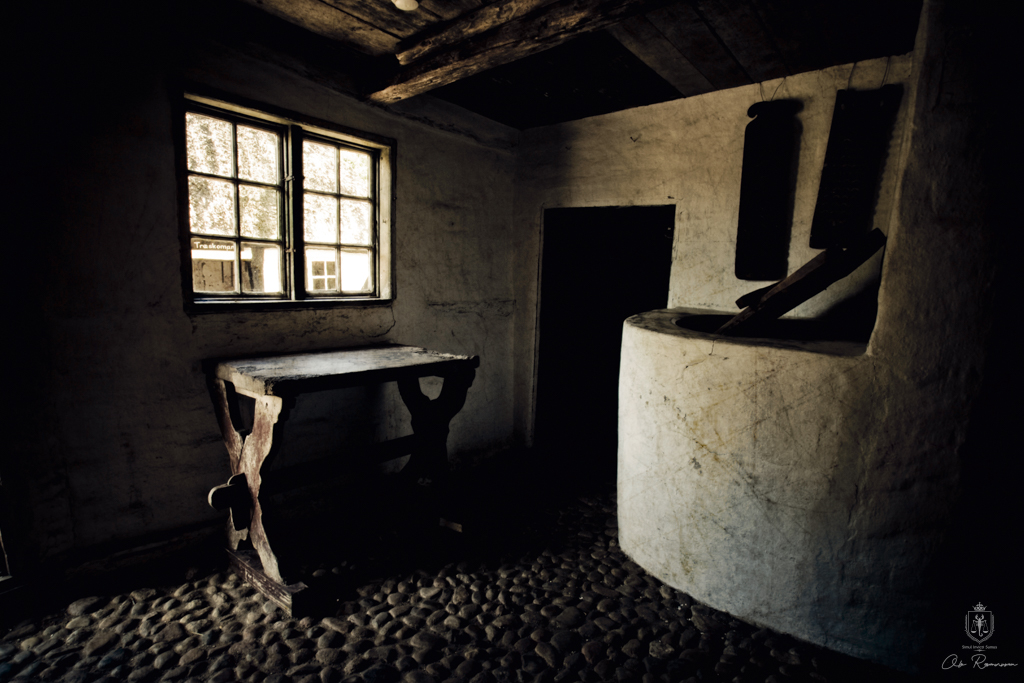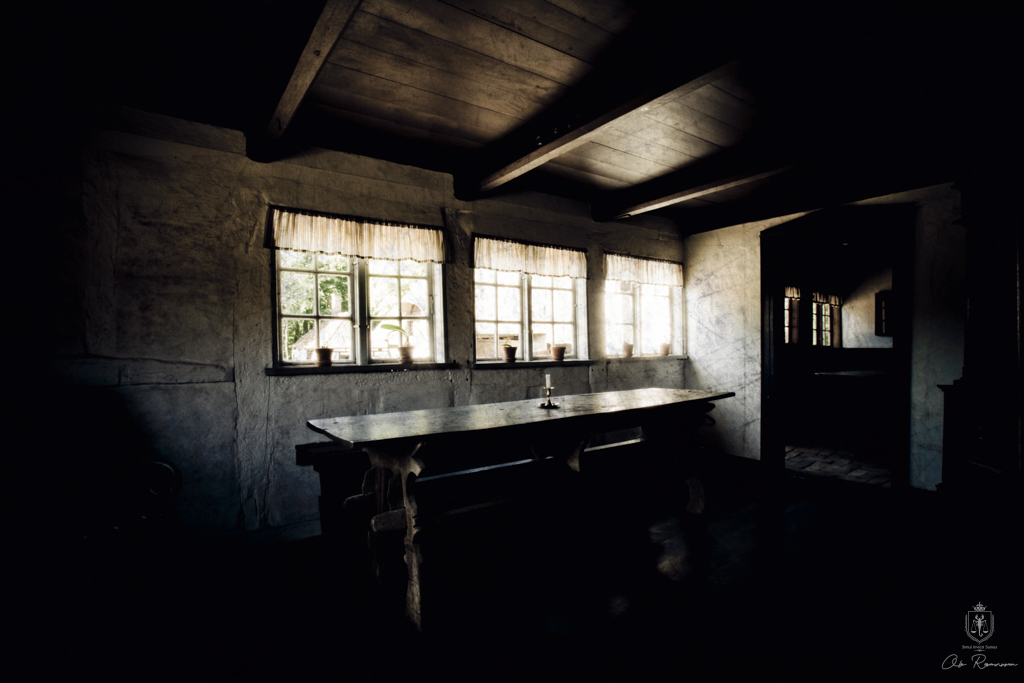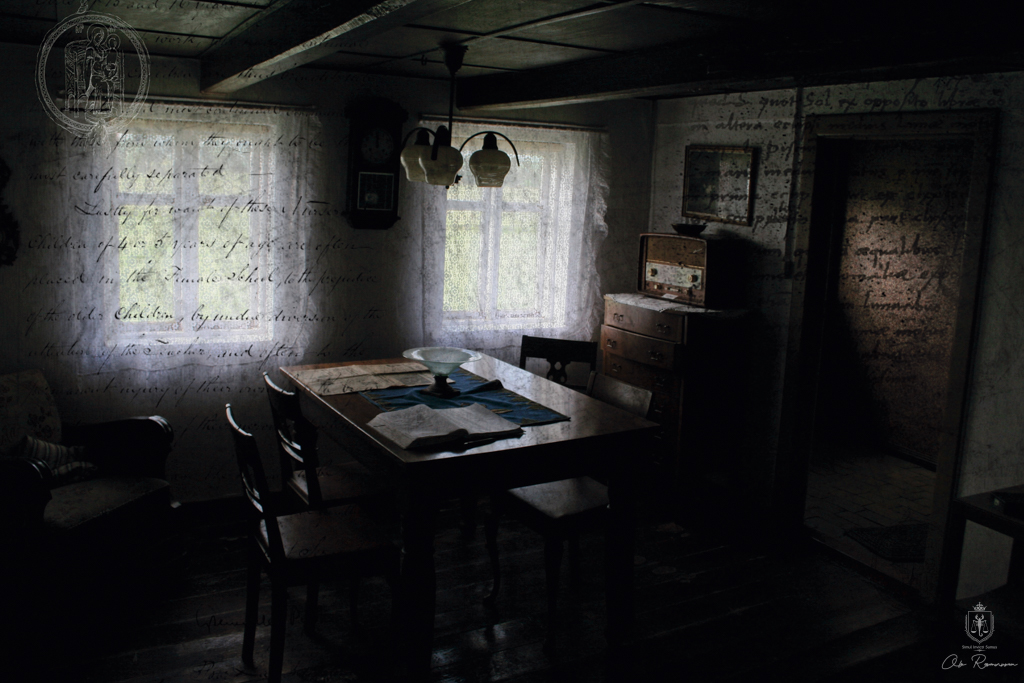The images embodies a soft, dreamlike tranquility, blending nostalgia and quiet storytelling through multiple layers. The interplay of diffused light, aged textures, and faint script overlays creates a sense of memory—something between past and present, reality and reverie.
The muted tones and gentle blur remove harshness, inviting introspection. The delicate balance of light and shadow enhances the intimacy of the scene, where each object—a simple wash basin, a worn table, a forgotten book—feels imbued with history.
This style echoes the aesthetic of pictorialism, where photography transcends documentation, becoming poetic and painterly. The multiple layers, from the faint text to the subtle glow, give the impression of a fading letter, a whispered memory, a place untouched by time.
Each print is priced at 450€, which includes fully insured shipping with track & trace for safe and secure delivery.
